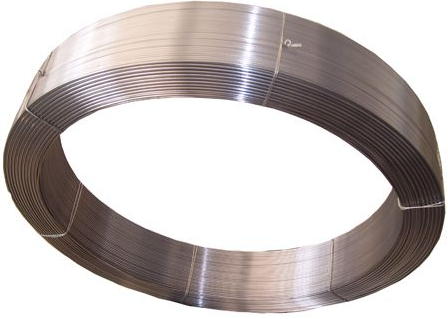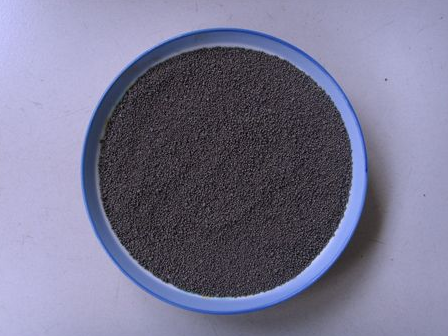Submerged arc welding (SAW) is a process in which a metal joint is created by heating one or more arcs between a bare metal electrode or electrode and a workpiece. The arc is shielded by a layer of granular fusible material on the workpiece. No pressure is used. The filler metal is obtained from the welding rod or auxiliary electrode.
Principle of Submerged Arc Welding
Usually, the SAW is automated. This means that the welder only has to operate the machine and watch to ensure the quality of the weld. Using a metal cored wire and a constant current voltage welder (much like a MIG inverter), the weld seam is deposited using filler wire and a separate granulated fusible flux that is dispersed from the hopper in front of the weld area. This differs from the MIG and SMAW processes in that the flux is not embedded in or covering the electrode.
Although the flux is fusible, it will still produce slag after the weld is completed. It will need to be removed. Fortunately, this slag is easily removed and comes off in large glassy pieces due to the consistency of the weld. However, not all flux is melted. Some of the flux at the top can be reused.

Stainless Steel Submerged Arc Wire/Flux
Why is a flux used?
It is used to protect the solder joint in the molten state. It is very effective and the process does not require the use of additional protective components such as inert gas, which is essential for MIG welding and flux-cored double shielding.
It also protects the integrity of the substrate around the weld area. As the flux is on top of the weld, the spatter does not escape the weld area. This gives your weld a cleaner, more consistent appearance.
Advantages of SAW
The main advantages of the SAW or submerged arc welding process are
High-quality metal welds.
Very high speed and deposition rates
Smooth, even finished welds without spatter.
Very little or no smoke.
No arc flash and therefore minimal need for protective clothing.
High utilization of electrode wire.
Simple automation with high operator factor.
Usually, no manipulation skills are involved.

Sintered Flux
Main uses of SAW
The submerged arc process is widely used for heavy plate fabrication work. This includes welding.
Structural shapes
Longitudinal seams in large diameter pipe
the manufacture of machine components for all types of heavy industry.
the manufacture of vessels and tanks for pressure and storage
It is widely used for splicing and fabricating sub-assemblies in the shipbuilding industry, as well as in many other industries that use medium-thick steel.
It is also used for surface treatment and stacking work, maintenance and repair.
Metals Weldable And Thickness Range
Submerged arc welding is used to weld low- and medium-carbon steels, low-alloy high-strength steels, quenched and tempered steels, and many stainless sheets of steel. Experimentally, it has been used to weld certain copper alloys, nickel alloys, and even uranium.
Metal thicknesses from 1/16 to 1/2 in. (1.6 to 12.7 mm) can be welded with no edge preparation. With edge preparation, welds can be made with a single pass-on material from 1/4 to 1 in. (6.4 to 25.4 mm).
When the multipass technique is used, the maximum thickness is practically unlimited. This information is summarized in table 10-22. Horizontal fillet welds can be made up to 3/8 in. (9.5 mm) in a single pass and in the flat position, fillet welds can be made up to 1 in. (25 mm) in size.







